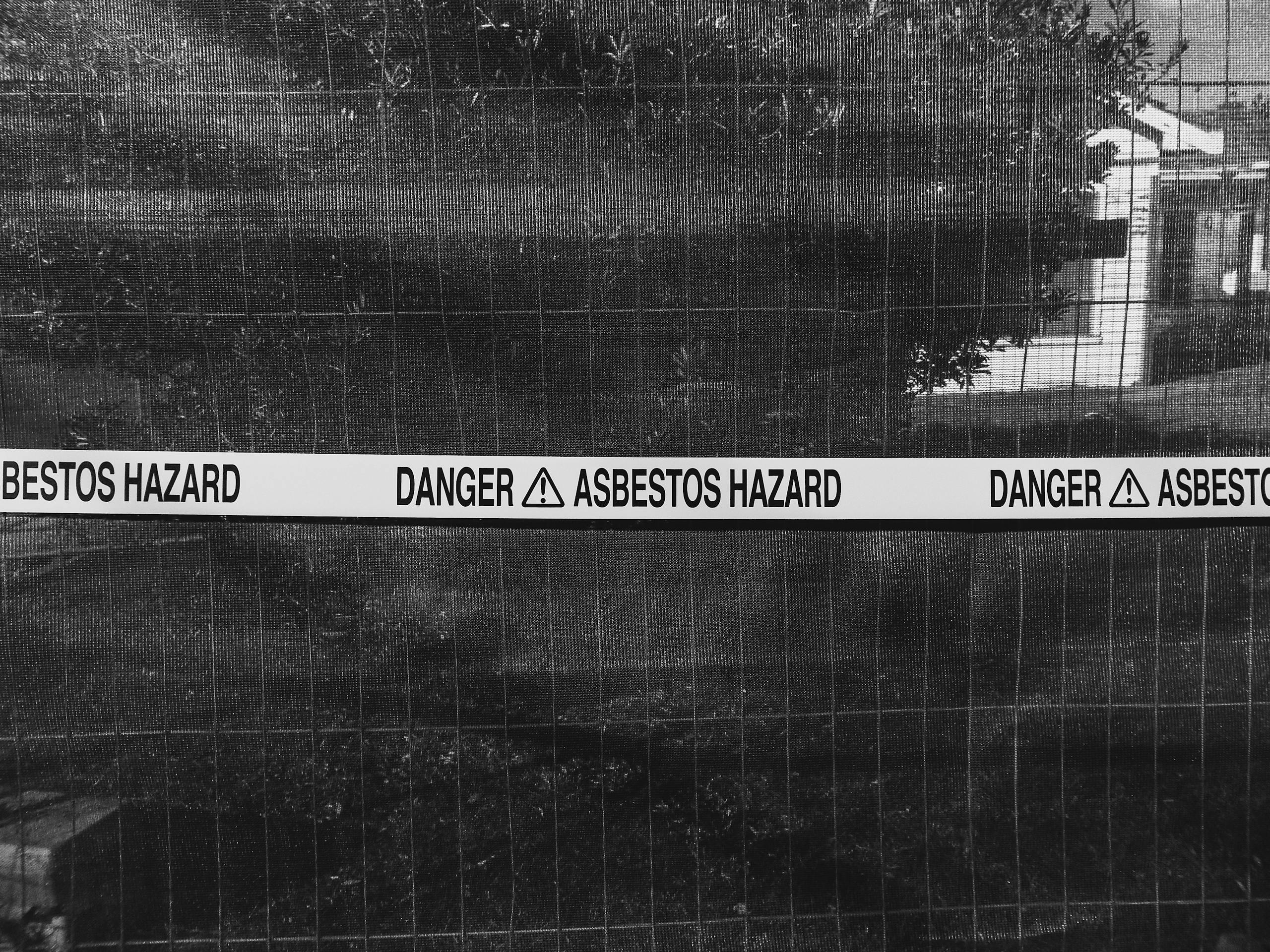Top 3 Asbestos Compliance Mistakes You Can’t Afford to Make
Navigating the complexities of asbestos compliance can be overwhelming. As asbestos site supervisors, foremen, abatement contractors, and environmental consultants, you hold the critical responsibility of ensuring the safety of your teams while adhering to intricate regulations. Even seasoned professionals can fall into common pitfalls that jeopardize worker safety and project compliance. This post will look into the three most frequent asbestos compliance mistakes and provide actionable strategies to avoid them, equipping you to lead your teams confidently and effectively.
Mistake 1: Inadequate Training for Employees
The Consequences of Poor Training
Training is the cornerstone of workplace safety, especially in environments dealing with hazardous materials like asbestos. According to a survey by the Occupational Safety and Health Administration (OSHA), improper training contributes to nearly 30% of workplace accidents involving hazardous materials. Without proper education on how to handle, manage, and dispose of asbestos safely, employees may inadvertently place themselves and others at risk for serious health issues, in addition to facing substantial legal and financial penalties for non-compliance. While regulations vary from state to state follow this link to view the federal minimum training requirements: EPA Training Requirements
Ensuring Effective Training
To mitigate this risk, implement a comprehensive training program that includes:
- Comprehensive Onboarding: New hires must learn about asbestos hazards, safety protocols, and compliance requirements using resources that outline regulatory standards and best practices.
- Regular Refresher Courses: Current employees should receive periodic training updates, especially after changes in regulations or procedures.
- Hands-On Practice: Practical training sessions allow workers to use Personal Protective Equipment (PPE) correctly and practice safe handling procedures.
Tip: Consider leveraging online training modules, which are flexible and easy to update. AbateIQ provides specialized templates and training resources tailored for asbestos compliance.
Mistake 2: Failing to Document Asbestos Compliance Efforts
Implications of Poor Documentation
Documentation serves as the bedrock of compliance verification. Inadequate documentation can lead to compliance failures and costly penalties. A notable example involves a prominent abatement company fined $250,000 in 2021 due to insufficient documentation of asbestos removal protocols, which prevented them from proving compliance during inspections.
Best Practices for Thorough Documentation
To ensure your documentation is adequate, consider these best practices:
- Detailed Site Assessments: Carry out thorough assessments and meticulously document all findings, including locations and conditions of asbestos materials.
- Maintain Daily Logs: Supervisors should document daily activities, noting which employees were on-site, tasks performed, any incidents, and equipment used.
- Comprehensive Training Records: Keep track of all training sessions, including participant names, content covered, and completion dates.
Tip: Implement an electronic documentation system to streamline record management and provide real-time updates. Tools offered by AbateIQ can facilitate the organization of compliance records effectively.
Mistake 3: Overlooking Federal and State Asbestos Regulations
Understanding the Regulatory Landscape
Federal regulations set the minimum standards for compliance, but state and local regulations often impose additional requirements. This discrepancy can result in unexpected fines if overlooked. For example, contractors operating in California may face stricter guidelines than those in Florida, underscoring the importance of being aware of local laws. Federal OSHA Regulations
Staying Informed on Local Requirements
- Regularly Review Local Regulations: Sign up for alerts from local environmental agencies to keep updated on changes. Joining industry associations is also beneficial for networking and learning about new regulations.
- Consult Compliance Experts: Engaging a compliance expert for project evaluations can help ensure adherence to local laws and regulations, particularly on larger projects.
Tip: Building relationships with other professionals in the industry can enhance awareness of relevant regulatory shifts, fostering a culture of compliance.
Conclusion
Avoiding common asbestos compliance mistakes is crucial for maintaining a safe and legally compliant workplace. By prioritizing effective employee training, meticulous documentation, and staying informed about local regulatory requirements, asbestos site supervisors and foremen can lead their teams with confidence while safeguarding public health.
Ready to elevate your asbestos compliance strategy? Explore our field-tested tools, templates, and training resources at AbateIQ. Join our community of professionals dedicated to creating safer work environments—contact us today to learn more!

